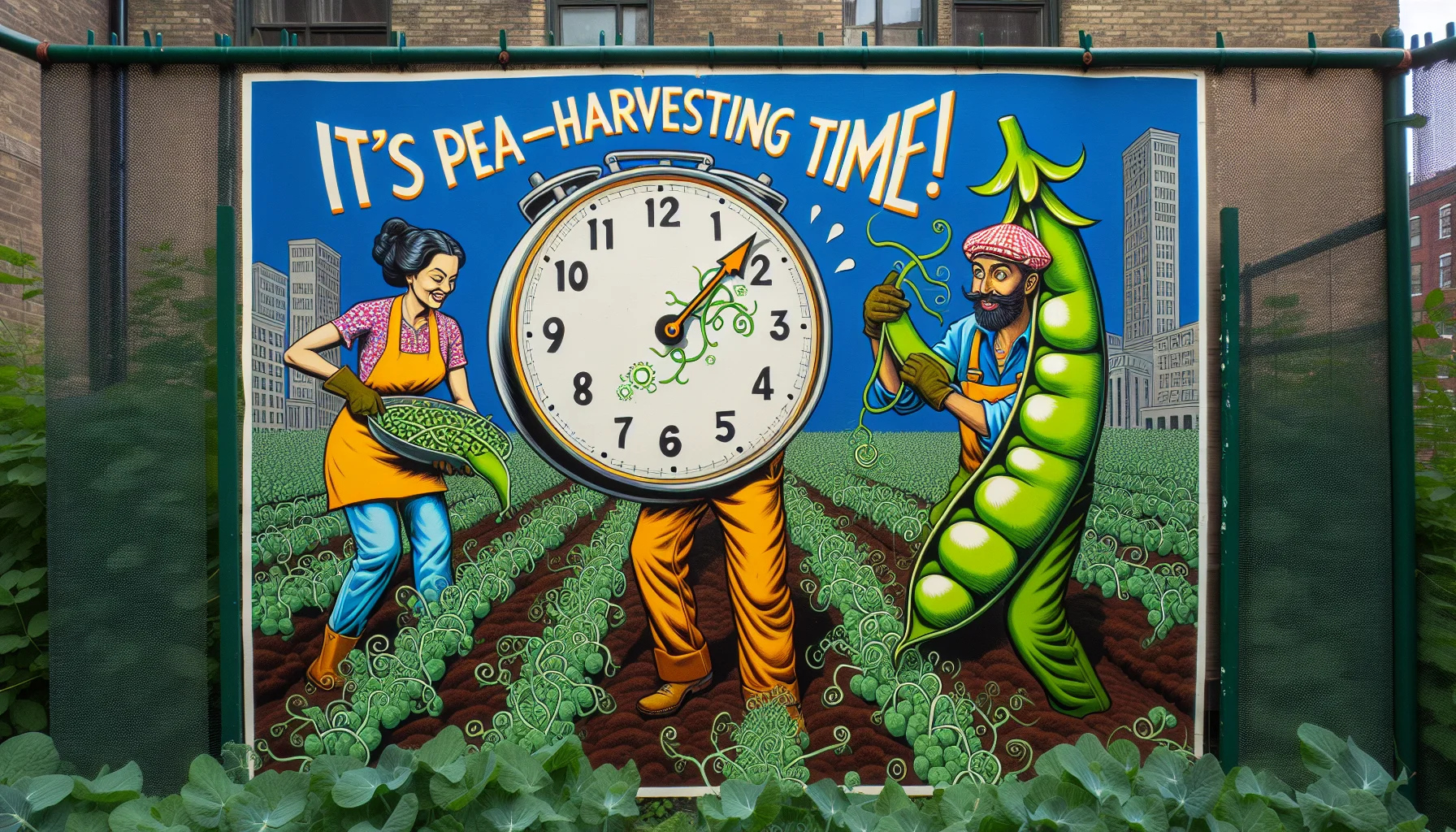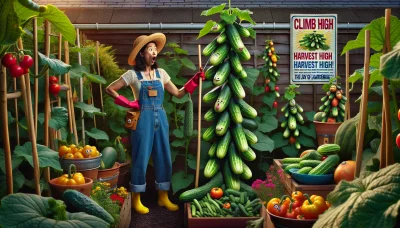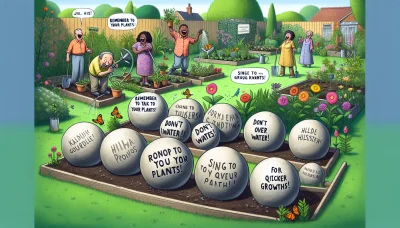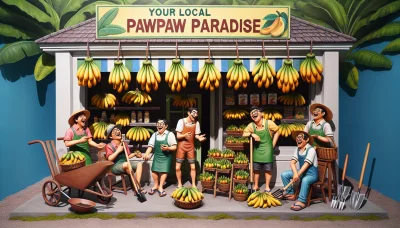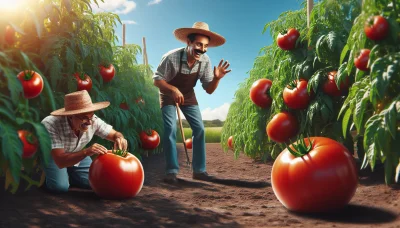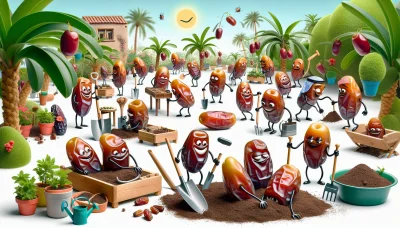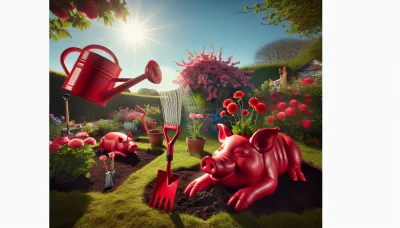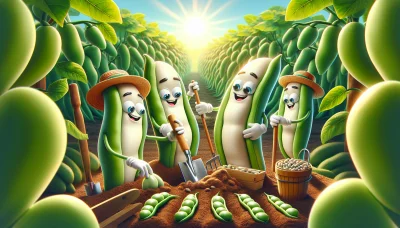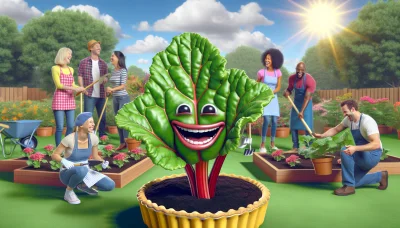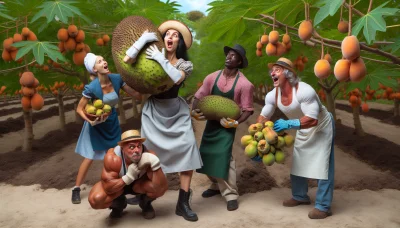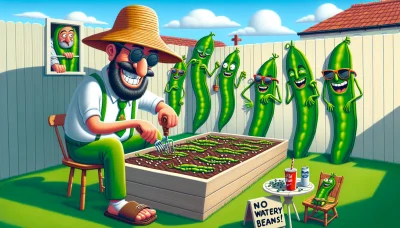When to harvest peas Quiz
Test Your Knowledge
Question of
When to Harvest Peas: A Gardener's Guide
Timing is everything when it comes to harvesting peas. Picking them at the right moment ensures the best possible flavor and maximizes your yield. Understanding the signs of readiness and the peak time for harvesting can make all the difference in the quality of your peas. This guide will help you identify that perfect window for picking, ensuring your garden produces the tastiest and most bountiful peas possible.
Understanding Pea Plant Varieties
Pea plants come in various types, each offering unique flavors and textures, making them a versatile ingredient in many dishes. Among the most popular are snap peas, snow peas, and garden peas. Snap peas, also known as sugar snap peas, are recognized for their crunchy pods and sweet flavor, making them a great snack or salad ingredient. Snow peas, with their flat pods and tiny peas inside, are often used in stir-fries and salads for a mild, sweet taste. Garden peas, or English peas, are the traditional pea variety, harvested for the peas inside their pods. Unlike snap and snow peas, garden peas' pods are not eaten. The harvesting times for these peas can vary significantly. Snap and snow peas are usually harvested when the pods are plump yet still tender, before the peas have fully developed. Garden peas, on the other hand, are harvested when the peas inside the pod have matured, resulting in a sweeter flavor. Understanding the differences in harvesting times is crucial for gardeners to ensure the best taste and texture for their culinary uses.
Signs Your Peas Are Ready to Harvest
- Pod Size: The pods have filled out. They are plump, and you can feel the peas inside when you gently squeeze them.
- Firmness: Pods should be firm to the touch. If they are still soft, they need more time to mature.
- Color: Look for a bright green color. Pods that are yellowing may be overripe.
- Pod Shape and Feel: The pods should be slightly rounded, not flat. This indicates that the peas inside have developed properly.
- Pea Size: You can sometimes see or feel the size of the peas inside the pod. They should be well-formed and round.
The Best Time of Day to Harvest Peas
When it comes to harvesting peas, the time of day can significantly impact their sweetness and overall quality. Early morning is often considered the ideal time to pick peas. This is because the peas are at their coolest, having been insulated from the heat by the overnight chill. During the early hours, peas are also more likely to have retained their natural dew, which can further enhance their crispness and sweetness. It's essential to harvest peas before the sun starts to warm them up, as the heat can cause the sugars within the peas to convert into starch, leading to a loss in their characteristic sweet flavor. Therefore, for gardeners looking to enjoy the freshest, sweetest peas, early morning harvesting is the way to go. Additionally, ensuring that the peas are picked gently and stored quickly in a cool place can help maintain their delightful sweetness until they're ready to be eaten or processed further.
How to Harvest Peas Without Damaging the Plant
To ensure your pea plants continue to produce and remain healthy, follow these careful steps when harvesting peas. Firstly, wait until the peas are plump in the pods before picking. Gently hold the pea vine with one hand to support it, then with your other hand, carefully pinch off the pea pod at the stem. It's important not to pull on the pods as this can damage the plant. Regular harvesting encourages the plant to produce more, so check your plants every day once they start producing. Remember, the more you pick, the more peas the plant will produce, so harvest frequently and gently to keep your plants healthy and productive.
Storing Your Harvest: Keeping Peas Fresh
- Short-term Storage: Keep peas in a perforated plastic bag in the refrigerator. They should last 5 to 7 days.
- For slightly longer storage, blanch peas for 1-2 minutes, then plunge into ice water. Drain and store in the refrigerator for 7-10 days.
- Long-term Storage: Blanch peas for 1-2 minutes, cool them quickly in ice water, drain, and pack them into airtight containers or freezer bags. Freeze them immediately. Properly stored, they can last for 8 months to a year.
- To maintain the best quality, keep frozen peas at a constant temperature of 0°F (-18°C) or below.
- For the best flavor and texture, consume frozen peas within six months.
Common Mistakes to Avoid When Harvesting Peas
| Mistake | Consequences | How to Avoid |
|---|---|---|
| Harvesting Too Early | Peas are too small and lack flavor. | Wait until peas fill out the pods and feel firm to the touch. |
| Harvesting Too Late | Peas become starchy and less sweet. | Check pods regularly and harvest when peas are plump but before they start to harden. |
| Not Harvesting Regularly | Plants stop producing new pods, reducing overall yield. | Harvest every 1-3 days once peas start to mature to encourage more pod production. |
| Ignoring Pest Damage | Pests can destroy the crop or significantly reduce yield. | Inspect plants regularly for signs of pests and manage promptly using appropriate methods. |
| Harvesting in Wet Conditions | Increases the risk of spreading diseases to the plants. | Wait for the foliage to dry before harvesting to minimize disease spread. |
